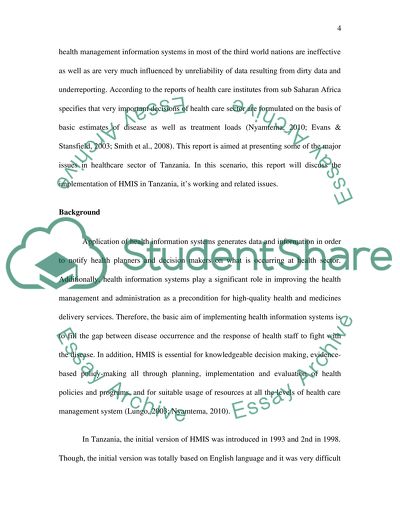Cite this document
(“Assessment of Health Management Information System in Tanzania Essay”, n.d.)
Retrieved from https://studentshare.org/health-sciences-medicine/1442330-assessment-of-health-management-information-system
Retrieved from https://studentshare.org/health-sciences-medicine/1442330-assessment-of-health-management-information-system
(Assessment of Health Management Information System in Tanzania Essay)
https://studentshare.org/health-sciences-medicine/1442330-assessment-of-health-management-information-system.
https://studentshare.org/health-sciences-medicine/1442330-assessment-of-health-management-information-system.
“Assessment of Health Management Information System in Tanzania Essay”, n.d. https://studentshare.org/health-sciences-medicine/1442330-assessment-of-health-management-information-system.


